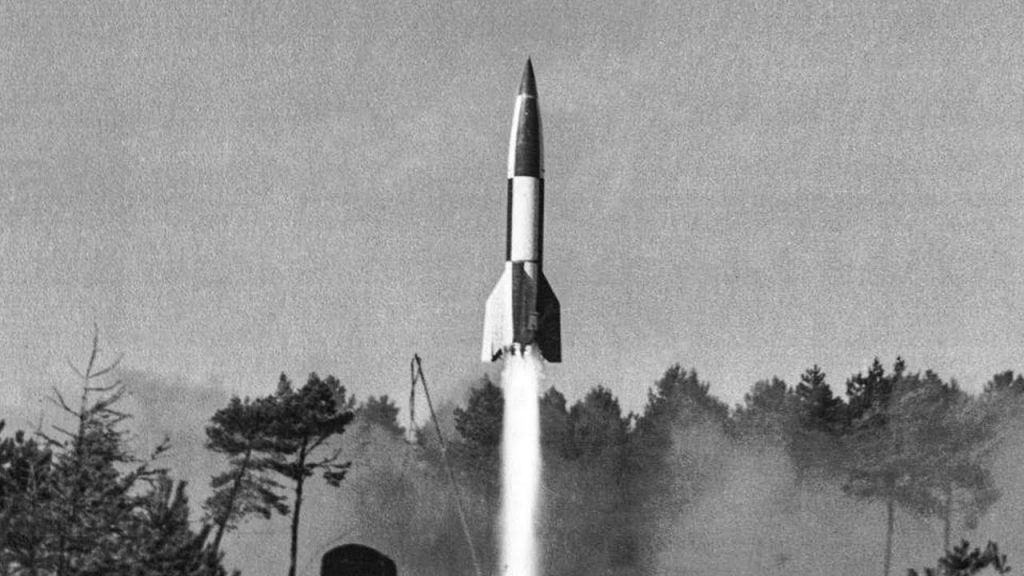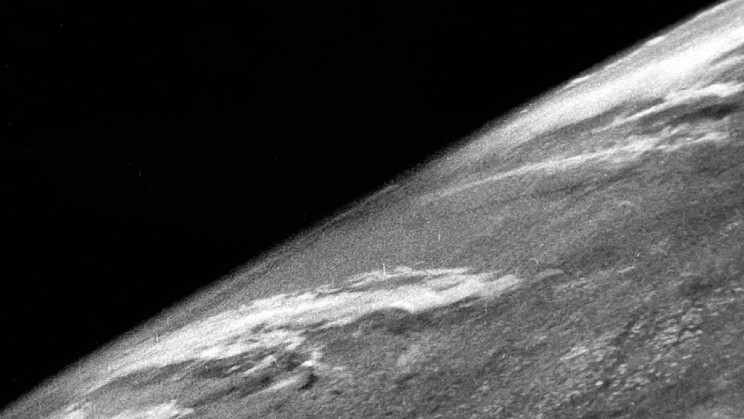One of the first pictures ever taken of Earth from space was from a Nazi rocket some seventy-five years back…
On 24th October 1946, scientists at the White Sands Missile Range in New Mexico launched the Nazi V-2 ballistic missile into outer space, accompanied by a camera on top. The rocket flew to an altitude of about 65 miles with a 35-millimeter motion picture camera which took an image every second and a half. The camera with the missile then came rushing back down and hit the ground at more than 349 mph and gave humanity the gift of the first-ever image of Earth from space.

“For 1946, it was an astounding accomplishment,” Michael Neufeld, Senior Curator in the Department of Space History at the National Air and Space Museum, told Inverse. “It was a news item.” The camera was inserted in a specialized steel cassette which allowed it to stay intact after dropping from such a large height. After landing back on Earth, the camera was unscathed and was only missing one lens which was a big accomplishment at that time.

According to Air and Space, when the scientists looked at the first-ever image projected onto a screen, they “just went nuts”. This sense of accomplishment was heightened by the fact that the U.S Army did not even have parachutes that worked with the German-made rockets and launching one into space and hoping for its safe return was nothing short of a gamble. So “what they did on the early V-2s is essentially put things in armored casings and hope that it would survive being smashed into the ground at several 100 miles per hour,” Neufeld told Inverse. Luckily, the idea of using an armored box worked in their favor and they were able to obtain a historic picture!


